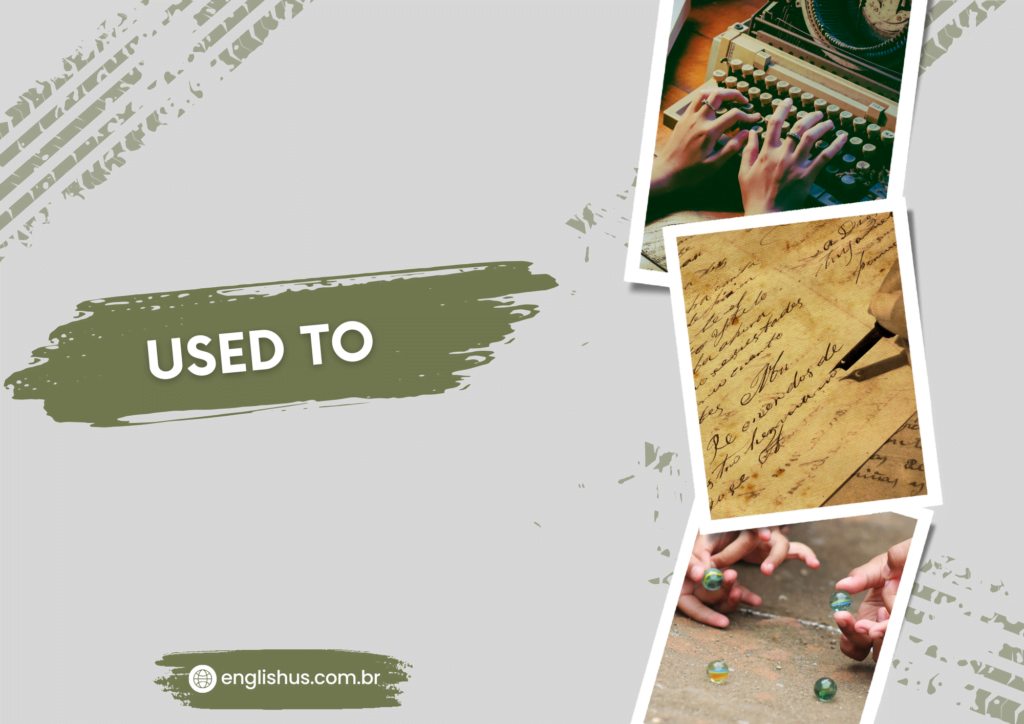Greetings, fellow English learners! Today, we’re diving into the world of comparisons and exploring the fascinating realm of the comparative form. Whether you’re comparing two things, people, or actions, understanding how to use it will elevate your English skills to new heights. So, let’s embark on this journey together and unravel the secrets of comparison!
Unveiling the Power of the Comparative Form
The comparative form is used to compare two things, indicating that one has more or less of a quality than the other. It’s an essential tool in English grammar that allows us to express degrees of difference between two entities. Let’s take a closer look at how it works with some examples:
- She is taller than her brother. (Comparing heights)
- This book is more interesting than the one I read last week. (Comparing levels of interest)
- Running is less tiring than cycling. (Comparing levels of tiredness)
The Structure of the Comparative Form
The structure of the comparative form depends on the length of the adjective or adverb being compared. Let’s break it down:
- Short Adjectives/Adverbs: Add “-er” to the end of the adjective/adverb or use “more” before it.
- Tall → Taller
- Fast → Faster
- Beautiful → More beautiful
- Long Adjectives/Adverbs: Use “more” before the adjective/adverb.
- Interesting → More interesting
- Comfortable → More comfortable
- Difficult → More difficult
Irregular Forms:
Some adjectives and adverbs have irregular comparative forms, which need to be memorized:
- Good → Better
- Bad → Worse
- Far → Farther/Further
How to Use the Comparative Form Correctly
Using the comparative form correctly involves understanding the context of the comparison and selecting the appropriate form of the adjective or adverb. Here are some key points to remember:
- Comparing Two Entities: The comparative form is used when comparing two entities.
- She is taller than her brother.
- Using “Than”: “Than” is used to introduce the second element of the comparison.
- This book is more interesting than the one I read last week.
- Irregular Forms: Be aware of irregular comparative forms and use them correctly.
- He is better at math than his sister.
Tips for Mastering the Comparative
- Understand Context: Consider the context of the comparison to choose the appropriate form.
- Practice Regularly: Use it in your speaking and writing to become more comfortable with its usage.
- Pay Attention to Irregular Forms: Memorize irregular comparative forms to use them correctly.
Mastering the comparative form is a crucial step in becoming a proficient English speaker. By understanding its structure and usage, you’ll be able to express comparisons with clarity and confidence. So, keep practicing, stay curious, and remember that every comparison you make is an opportunity for linguistic growth and self-improvement.
For those eager to enhance their English skills and embark on a journey of personal development, I recommend the ebook “Personal Development Through English Language.” This invaluable resource combines language learning with insightful personal growth tips, offering a unique opportunity to expand your vocabulary while nurturing your mind and spirit. For more information, click HERE.
Happy learning, and may your English journey be filled with exciting discoveries and meaningful progress!

